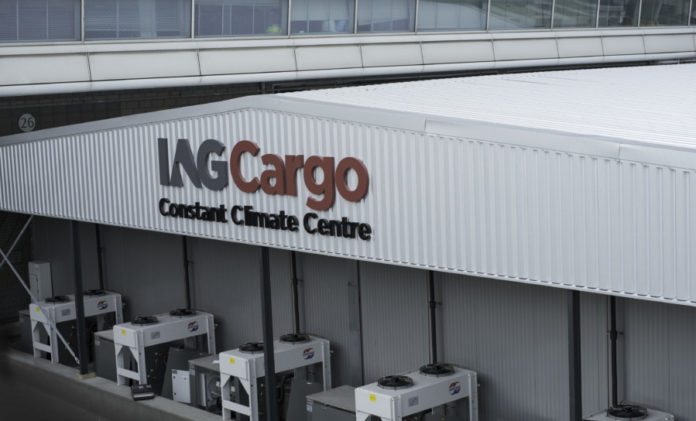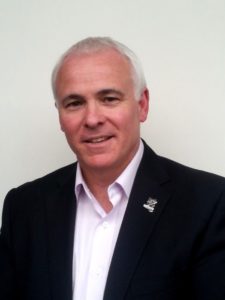

IAG Cargo’s Constant Climate (CC) product has been running for 10 years and continues to go from strength to strength, providing a boost in a challenging marketplace.
The temperature-sensitive pharmaceuticals market is a growing area of premium cargo and has seen 8-10 per cent growth.
IAG Cargo’s global head of pharmaceuticals and life sciences, Alan Dorling (pictured) says shipments moved annually have reached 35,000, a far cry from the 400-500 it was moving in 2006 when it was started.
The carrier’s CC product has seen consistent double-digit volume growth year-on-year as it taps into the opportunities pharma presents as global pharma sales passed the $1 trillion mark for the year in 2015 and are set to reach $1.3 trillion by 2018.
Dorling says: “From a business perspective it has been a very successful sector of premium products to get into. We have seen substantial growth since we started it.
“We came into it when things were changing in the pharma sector of cargo. Pharma models changed from single manufacturer sites to global sites and in terms of air cargo – CC was playing into that opportunity.”


He says the product was launched in 2006 when there was bird flu crisis across Asia and Europe, and a great need for urgent vaccines and airfreight was the quickest mode.
CC provides customers with precision temperature control for pharma and life sciences and Dorling says the three types of shipments driving the sector are insulin for diabetes; critical vaccines for global pandemics; and oncology drugs to treat to cancer sufferers – indeed this was the first shipment IAG moved through CC.
Since the product was launched regulations for the movement of pharma products have tightened considerably, and Dorling says they have made a “big difference” to the roles and responsibilities within the supply chain.
He adds: “The biggest impact in the decade was the introduction of the European Union’s GDP in 2013. It became mandatory and fundamentally changed the responsibility.
“The regulations are pretty tight and we now have 34 sets of regulations. I hope we see a consolidation of one or two regulations.” He also notes the US will issue new regulations within the year.
IAG develops their business model around the regulations and now has 36 staff in its CC team, who have a mixture of pharma skills and cargo skills, which Dorling says is a “blending of experts together”.
IAG has 110 CC stations and Dorling says it now believes it is close to reaching an optimum global network for pharma. He says IAG is strict about opening stations and only does so after thorough analysis and assessment of the market.
Dorling says: “If there is pharma demand in a region that needs developing then we will develop it into a CC station. We also do lots of one-off projects such as in Africa.”
He feels pharma growth in future will come from the Asian and Latin America (LATAM) regions, while IAG has seen rising demand into Mexico, where there is a high diabetes rate.
Dorling also believes LATAM, where it brought its number of stations to 18 by opening two new stations in December, is likely to challenge India for producing cheaper drugs.
And Dorling says CC will remain at the top of IAG’s investment plans: “As it is a growth market we will continue to invest in our people infrastructure to meet that market as it is not something you want to fall the behind the curve with.
“IAG will continue to invest in network stations as that has been the backbone of our strategy.”











